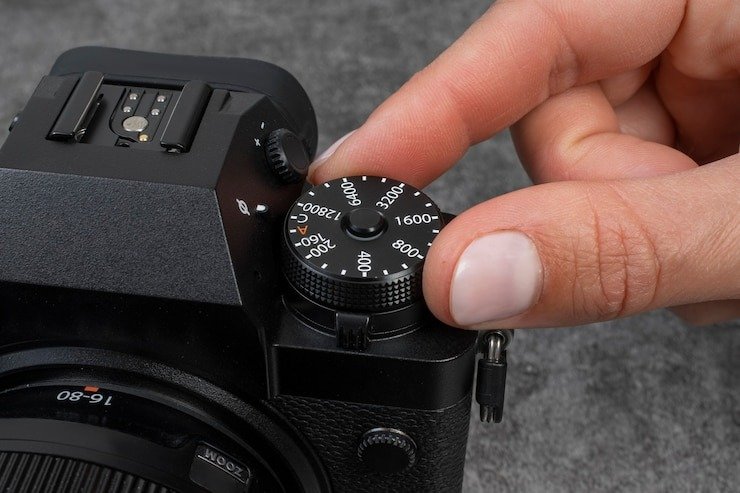As we delve into the rapidly evolving field of neurodiagnostic technology, one name stands out: Neuromatch. This innovative company is reshaping how we understand and treat neurological disorders, offering groundbreaking solutions that promise to enhance patient care and streamline clinical workflows. In this article, we’ll explore how Neuromatch is at the forefront of neurodiagnostic technology and what the future holds for this critical field.
Understanding Neurodiagnostic Technology
Neurodiagnostic technology encompasses various tools and techniques used to diagnose and monitor neurological disorders. From EEGs (electroencephalograms) to advanced imaging techniques, these technologies play a crucial role in identifying issues such as epilepsy, sleep disorders, and other neurological conditions. As technology advances, the ability to diagnose and treat these disorders more effectively becomes increasingly attainable.
Neuromatch: A Leader in Innovation
Neuromatch has revolutionized neurodiagnostic technology by leveraging artificial intelligence to analyze complex neural data. Traditional methods of EEG analysis can be time-consuming and prone to human error. However, Neuromatch’s advanced algorithms can interpret vast amounts of data within seconds, drastically improving efficiency and accuracy in diagnosis.
Key Features of Neuromatch Technology
- Rapid Data Processing: Neuromatch’s AI-driven platform allows for quick analysis of EEG data, enabling healthcare professionals to make timely decisions in critical situations.
- Enhanced Accuracy: By minimizing human error, Neuromatch ensures that diagnoses are based on precise data interpretation, leading to better treatment outcomes for patients.
- User-Friendly Interface: The platform is designed to be intuitive, allowing clinicians to focus on patient care rather than navigating complex software.
- Data Security: Neuromatch prioritizes patient privacy, employing robust security measures to safeguard sensitive health information.
The Future of Neurodiagnostic Technology
As we look ahead, the potential for neurodiagnostic technology is immense. With Neuromatch leading the charge, we can expect several exciting developments:
Integration of Machine Learning
Machine learning will continue to enhance neurodiagnostic technology, enabling more personalized patient care. As the algorithms learn from more data, they will become even more adept at identifying patterns and predicting outcomes.
Telehealth Innovations
The rise of telehealth presents an opportunity for neurodiagnostic technology to reach more patients. Neuromatch is exploring ways to integrate remote monitoring and analysis, allowing healthcare providers to diagnose and treat patients from the comfort of their homes.
Expanded Applications
While Neuromatch is currently focused on specific neurological conditions, the technology has the potential to be applied across a broader spectrum of disorders, including mental health conditions and neurodegenerative diseases.
Conclusion
Neuromatch is poised to shape the future of neurodiagnostic technology in profound ways. By combining innovative technology with a commitment to improving patient outcomes, Neuromatch is redefining how we approach neurological health. As we move forward, the continued evolution of this field will undoubtedly lead to better diagnostic tools, more effective treatments, and, ultimately, improved quality of life for those affected by neurological disorders.
As we embrace the future, Neuromatch stands as a beacon of hope and innovation in neurodiagnostic technology, reminding us that with each advancement, we move closer to understanding and improving brain health for all.




